
VitalPBX 4.2.0 R6: Device Expansion, API Enhancements, and Stability Fixes
VitalPBX 4.2.0 R6 introduces new device provisioning, enhanced API error handling, Asterisk 18.26.4, and critical fixes for a smoother PBX experience.

In the world of business, communication is essential. And, as we all know, there are several ways to communicate nowadays. One of the most common ways is through voice communication, and SIP trunking is a widely used method for voice communication. In this blog article, we will take you through the steps to configure a BulkVS SIP Trunk and connect it to VitalPBX using IP Auth.
Before wide into the BulkVS portal configurations, we must sign up for a BulkVS account. After finishing the sign-up steps, consider adding credit to your account before making any configurations.
Now that our account is all set, we will navigate to “Inbound / DIDs – Purchase” to get our first DID number. To get the list of numbers, you must use the “Search Criteria” input field to localize your desired DID in a specific USA state.
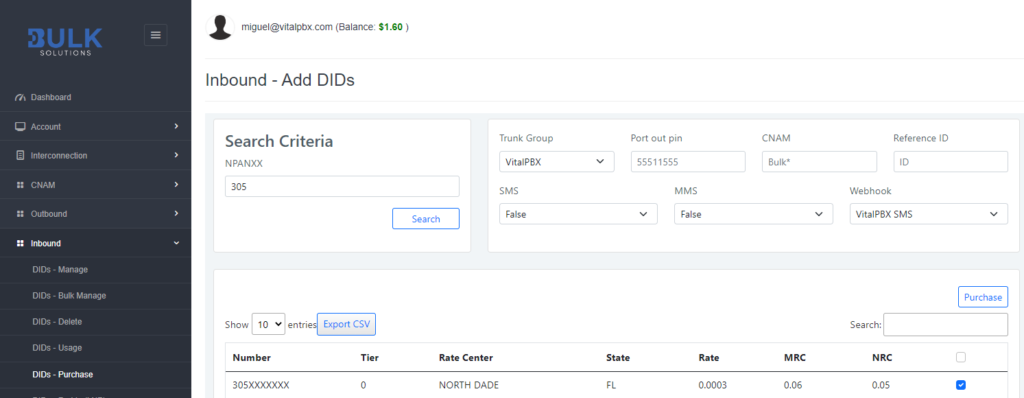
Now that we got our DID, we will create the required trunk configurations to place and receive calls from BulkVS using IP authentication.
First, for outbound calls, we must navigate to “Interconnection / Hosts” and add an IP host using the public IP of our VitalPBX server.
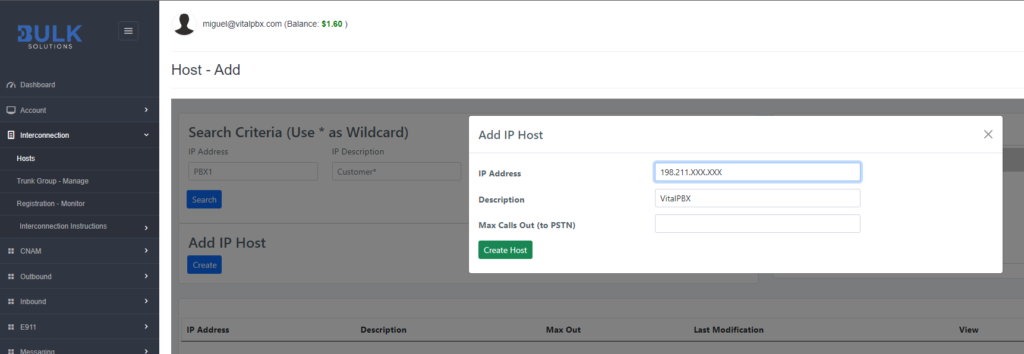
Secondly, we must navigate to “Interconnection / Trunk Group – Manage” and create an “IP Authenticated Trunk Group.” In our Trunk Group, we must configure the parameters below.
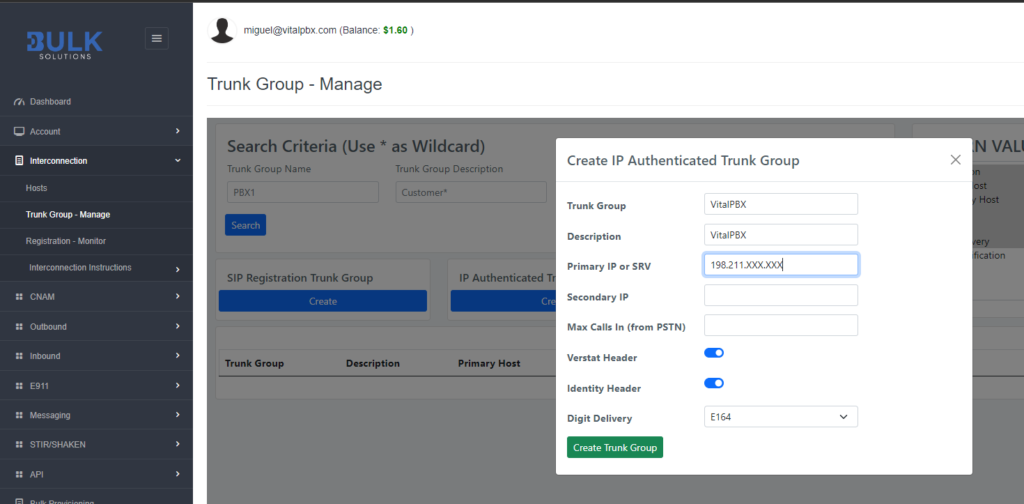
Finally, to receive calls in our VitalPBX, we must assign our “Trunk Group” to our DIDs. So, for this, you must navigate to “Inbound / DIDs Manage” and click on the “View” link of any of your DIDs to open the edition modal. Once the modal gets opened, you must select the desired trunk group in the field “Trunk Group.”
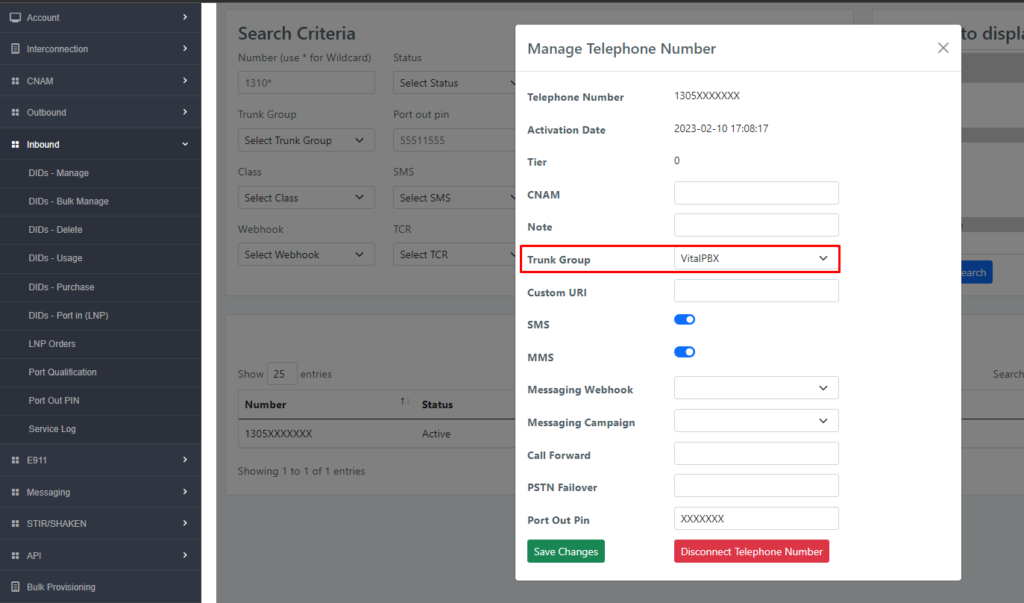
Now that the BulkVS portal configurations are all set, we will proceed with the Trunk creation on VitalPBX.
To start with our trunk setup, we will define the fields below in the top section.
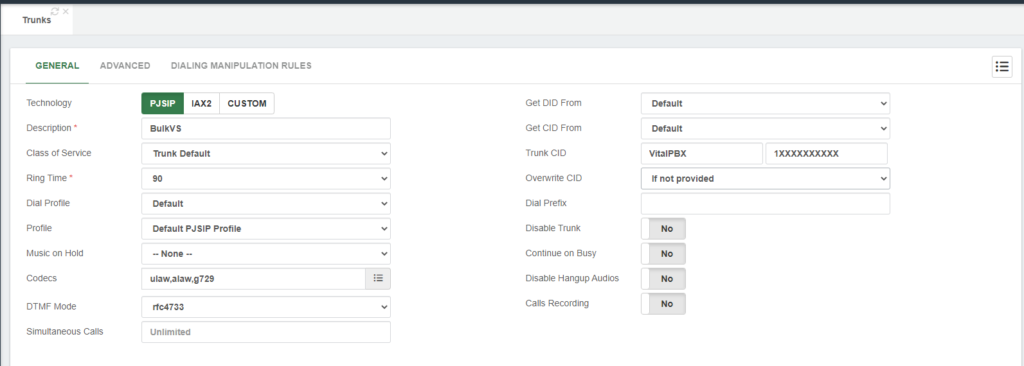
Next, in the section “General Configurations,” we must define the fields below.
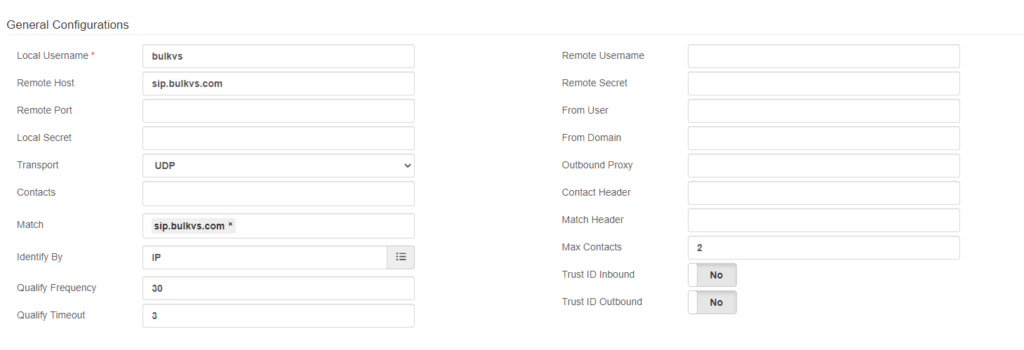
After saving the trunk and applying changes, you can monitor the trunk status by navigating to “Reports / PBX Reports / PJSIP Endpoints.” Once there, you must select the “Trunks” tab.

Now that we are assured that our trunk is up and running, we will create the outbound route to place calls using the BulkVS trunking.
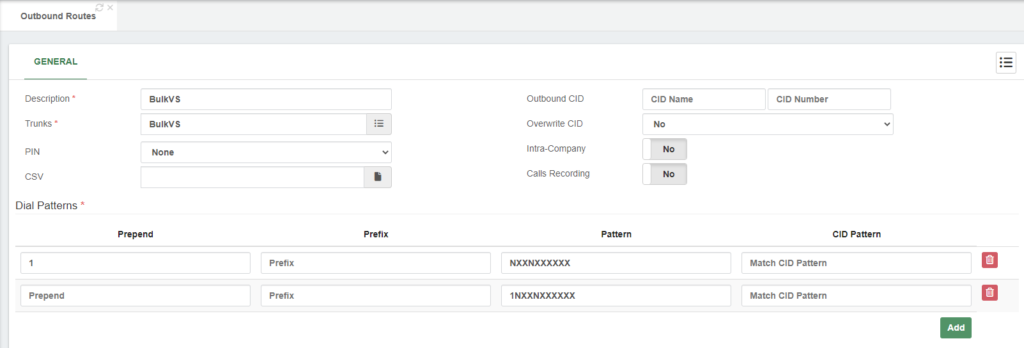
Finally, to receive calls in our VitalPBX server, we must create our inbound routes with our BulkVS DIDs using the +E.164 format.
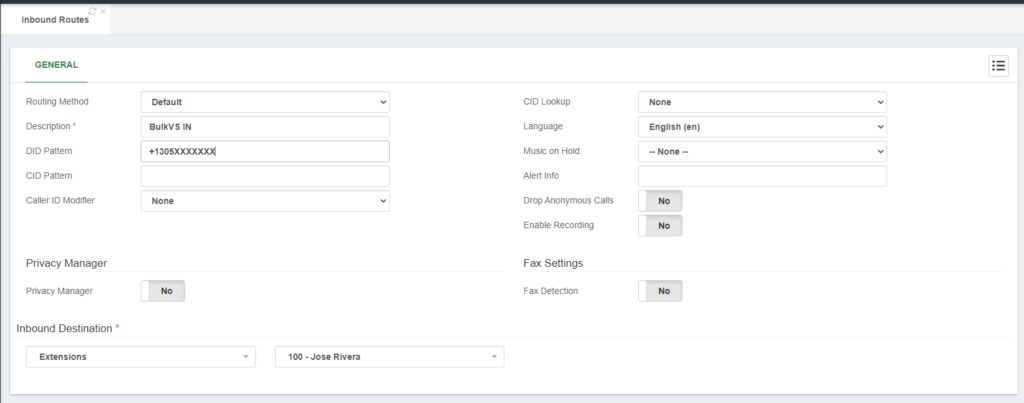
Now that the settings are complete, we can place test calls to confirm that our trunk is working.
For testing outbound calls, you can place a test call to a phone number outside of your network; it can be your mobile number, for instance.
For inbound call testing, you can call from your mobile to any of your Vonage DIDs.
Thus, if both tests went well, congrats! You have successfully set up a BulkVS trunk in VitalPBX.
That’s it! You have successfully interconnected your BulkVS SIP trunk with VitalPBX using PJSIP. You can now make and receive calls using your VitalPBX and BulkVS together.

VitalPBX 4.2.0 R6 introduces new device provisioning, enhanced API error handling, Asterisk 18.26.4, and critical fixes for a smoother PBX experience.

VitalPBX 4.5.1 R4 adds new device support, improved API handling, Sonata UX refinements, and critical bug fixes for a smoother PBX experience.

Discover the essential PBX security best practices for 2025 and learn how to protect your business phone system from evolving cyber threats.